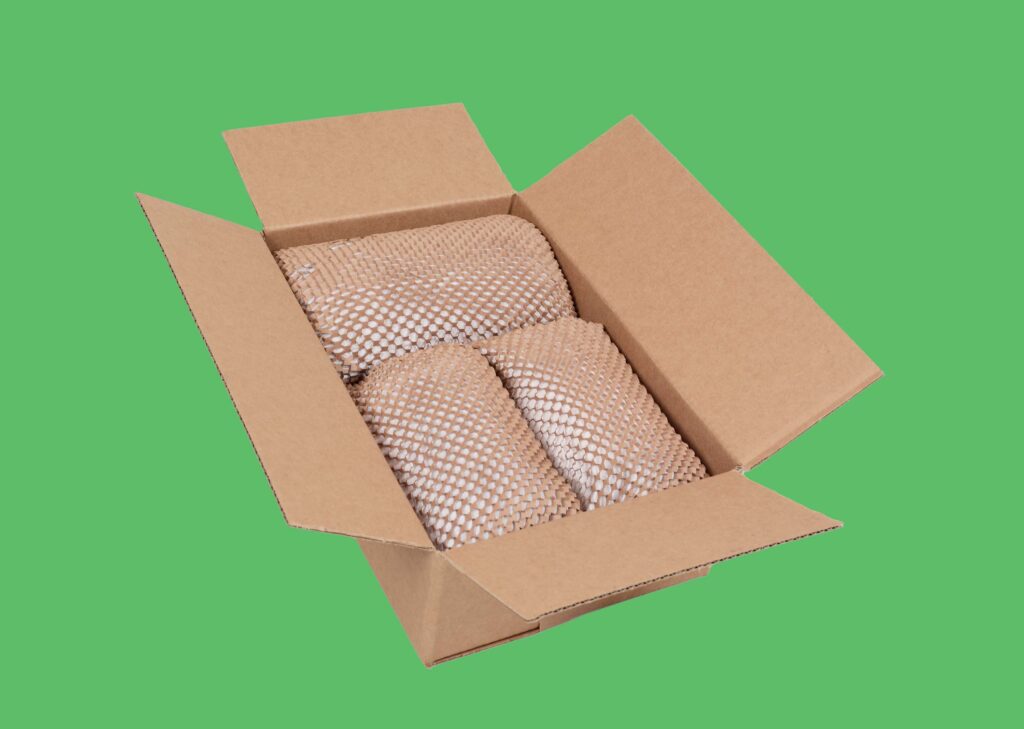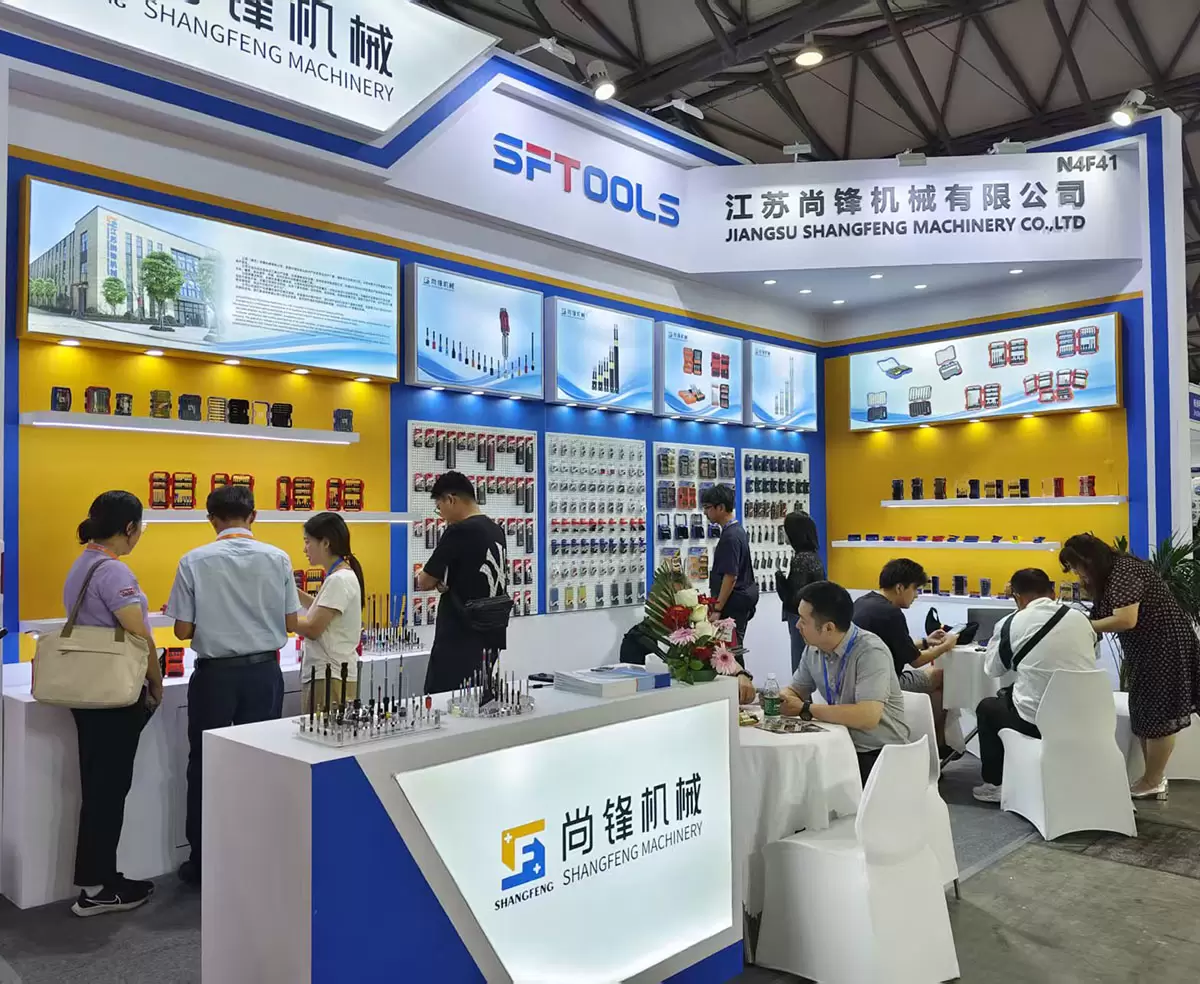In today's world, where environmental concerns are at the forefront of global discussions, the need for sustainable solutions in various industries has become imperative. One such industry is packaging, which plays a crucial role in product delivery and protection. However, the environmental impact of traditional packaging materials has raised questions about their long-term viability. In this blog post, we will delve into the concept of biodegradable packaging and explore its potential as a sustainable alternative.
- Understanding Biodegradable Packaging:
Biodegradable packaging refers to materials that can naturally break down and decompose into harmless substances over time, without leaving behind any toxic residues. Unlike traditional packaging materials such as plastic, which can persist in the environment for hundreds of years, biodegradable packaging offers a more eco-friendly solution. - Benefits of Biodegradable Packaging:
2.1 Environmental Impact:
Biodegradable packaging significantly reduces the accumulation of non-biodegradable waste in landfills and oceans. It helps mitigate pollution and minimizes the carbon footprint associated with packaging production and disposal.
2.2 Resource Conservation:
Biodegradable packaging materials are often derived from renewable resources, such as plant-based polymers or recycled materials. This reduces the dependence on fossil fuels and promotes a more sustainable use of resources.
2.3 Consumer Perception and Brand Image:
As consumers become more environmentally conscious, brands that adopt biodegradable packaging can enhance their reputation and attract eco-minded customers. Biodegradable packaging demonstrates a commitment to sustainability and aligns with the values of responsible consumption.
- Challenges and Innovations:
3.1 Performance and Durability:
One of the challenges in biodegradable packaging is ensuring that it maintains the necessary strength, durability, and barrier properties to protect the product throughout its lifecycle. Researchers and manufacturers are continuously developing innovative solutions to overcome these limitations.
3.2 Cost and Scalability:
Biodegradable packaging materials can sometimes be more expensive than traditional options. However, as demand increases and technology advances, economies of scale are likely to drive down costs, making biodegradable packaging more accessible to businesses of all sizes.
3.3 Consumer Education and Infrastructure:
For biodegradable packaging to have a significant impact, consumers need to be aware of its benefits and proper disposal methods. Additionally, adequate waste management infrastructure must be in place to ensure that biodegradable packaging is effectively processed and composted.
- The Way Forward:
The future of packaging lies in the development and widespread adoption of biodegradable alternatives. Governments, businesses, and consumers must collaborate to create a sustainable packaging ecosystem. This includes investing in research and development, promoting awareness and education, and supporting the necessary infrastructure for proper waste management.
Conclusion:
Biodegradable packaging holds immense potential in addressing the environmental challenges posed by traditional packaging materials. Its ability to break down naturally, conserve resources, and enhance brand image makes it a promising solution for a more sustainable future. By embracing biodegradable packaging, we can reduce our ecological footprint and contribute to a healthier planet for generations to come.


More Stories
Automotive Rubber Hose: Essential Performance Factors and Maintenance Best Practices
Is an EVA School Pencil Case the Smart Choice for Students Today?
Printing Small Functional Parts? Here’s Why Carbon Fiber PLA Resin Works Better